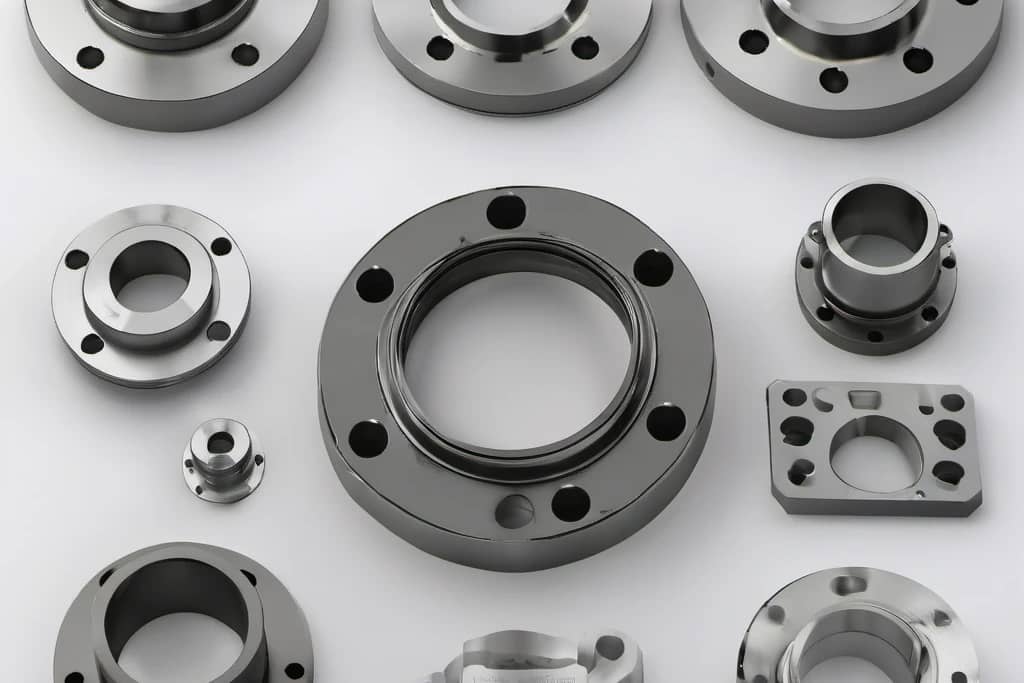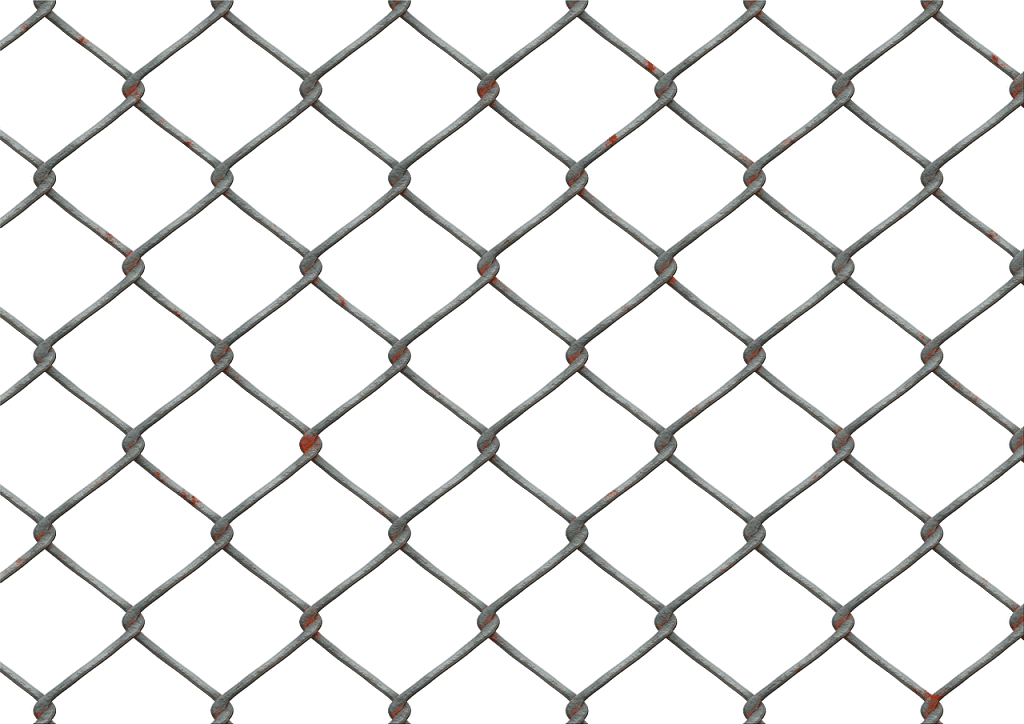
Flanges are an important part of a variety of industries, playing an important role in assembly and maintenance of pipelines. It is used to connect pipes, valves, pumps and other equipment. To create a complete piping network. In this blog we are going to see, how to use Flanges and what are the benefits of them.
What is a Flange?
Flange is used for piping, valves, pumps, and other equipment to install pipelines. For maintenance, inspection, or change. Flanges are usually welded or screwed to the end of the pipe and bolted together. A gasket among the flanges make sure a leak-proof connection.
Different types of flanges
Flanges come in different shapes and sizes, each designed for specific applications and requirements.
Following are some most common types of flanges:
- Weld cone flange
Welded neck flanges are also called as tapered hub flange or high-hub flange are characterized by their long tapered hub which provides excellent compression distribution and reinforcement. It is generally used at high pressure and high temperature.
- Slip-on flange
The sliding flanges are easily installed and welded. fitted to the tube and then welded to both providing adequate strength internally and externally to prevent leaks. These flanges are used in low pressure applications.
- Blind flange
Blind flanges are used to close the end of a piping system or pressure vessel opening. there are it is important for maintenance and repair purposes, in order to facilitate access to the piping system when important.
- Socket weld flange
Socket weld flanges are similar to slip-on flanges but have a socket for the pipe. There are it is generally used for larger small pipes and produces a smooth bore with good flow characteristics


